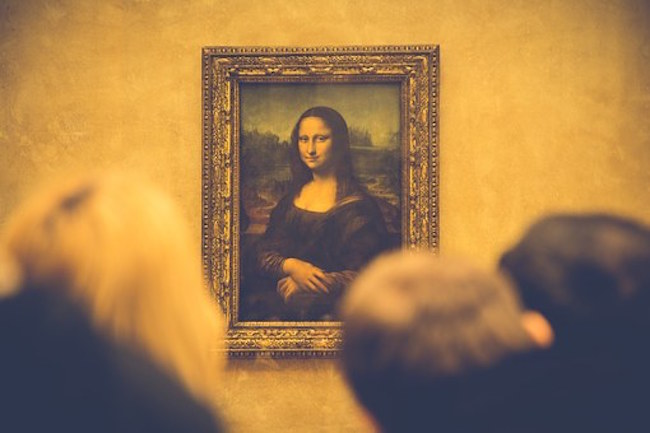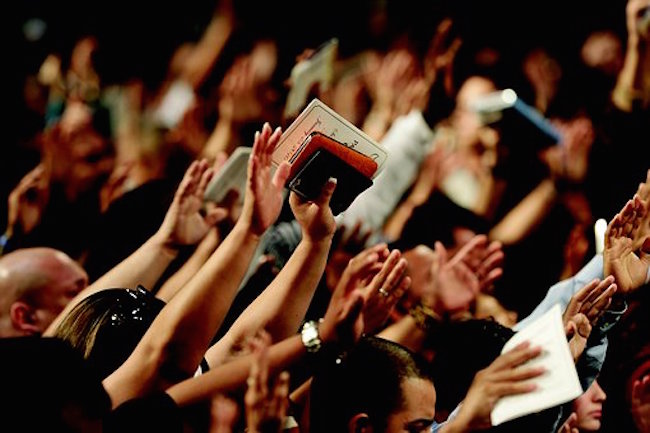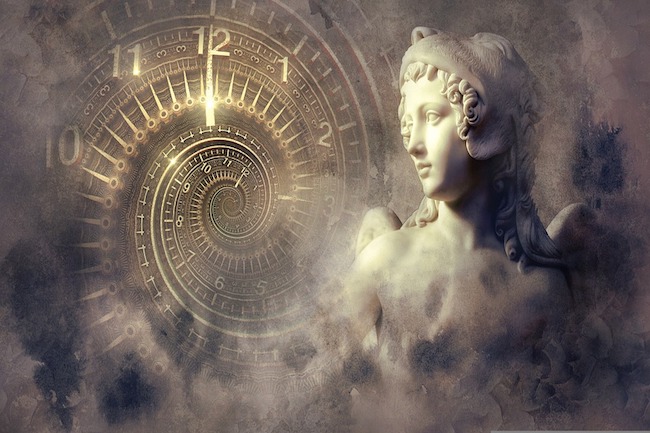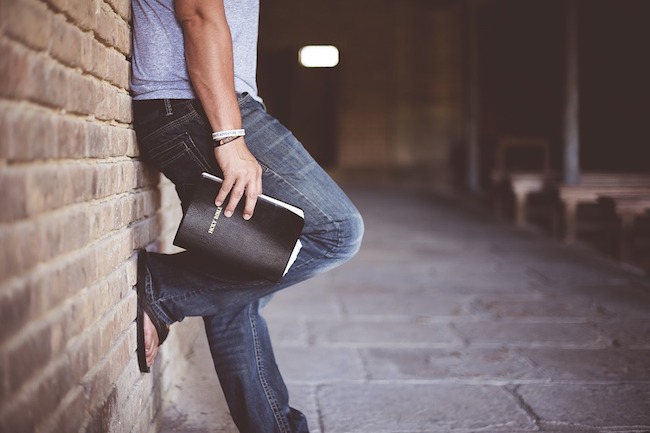Meet Leonardo Da Vinci’s Art Tutor, Andrea Del Verrochio By William Newton for The Federalist
GNN Note – I absolutely love art. something I’ve said for years, the only three conversations that are worth engaging are God, art and family. Outside of those conversations you may as well be talking ’bout the weather!
******
‘Verrocchio: Sculptor and Painter of Renaissance Florence’ at the National Gallery of Art is the first comprehensive exhibition dedicated to this artist ever mounted in the United States.
While he isn’t a household name in this country, Andrea del Verrocchio (c. 1435-1488) is one of the most important and influential artists of the Italian Renaissance. An exhibition opening this weekend at the National Gallery of Art in Washington, D.C. will hopefully bring him some long-overdue recognition here in America.
“Verrocchio: Sculptor and Painter of Renaissance Florence” is the first comprehensive exhibition dedicated to this artist ever mounted in the United States. Like the first-ever American retrospective on Tintoretto held at the National Gallery earlier this year, it’s extremely unlikely that such a logistically complex exhibition as this will come to these shores again within our lifetime, so you should absolutely make plans to go see it.
As the exhibition’s curator Andrew Butterfield points out, today we may not realize the enormous significance that Verrocchio had on the development of Western art, both as an innovator and as a teacher. For example, nearly all of the frescoes in the Sistine Chapel were painted either by artists who were once Verrocchio’s students, or who were taught by his former students.
Verrocchio’s work was highly coveted by his patrons, and was produced in a kind of laboratory environment with what Butterfield describes as an “effervescence of creativity”: Sandro Botticelli (c. 1445-1510) was working over in one corner, Leonardo da Vinci (1452-1519) in another, and so on. Amidst all of the hubbub was Verrocchio directing the show, designing goldwork or theatrical costumes, carving tomb monuments and painting altarpieces, or discussing the latest trends in philosophy, science, or music. This was the Renaissance, after all, and masters and students were always experimenting and pushing the envelope in art, as Butterfield puts it, with the goal of “making the art of the impossible possible.”
Verrochio at the Art Gallery
The National Gallery show is not large, consisting of 51 objects and laid out roughly in the form of a Greek cross. No doubt Alberti and Bramante would approve. To its credit, the museum has placed the objects in such a way that, even at a showing filled with people, it was possible to circulate, stand back to take a better look, or get close to examine some detail, without being distracted either by your neighbor or by a neighboring work of art.
I would have liked to have seen a more vibrant, Florentine palette of red, blue, and gold on the walls, rather than muted grays, slates, and taupes, but the relative blandness of their surroundings does make the color of many of the objects stand out all the more strongly.




